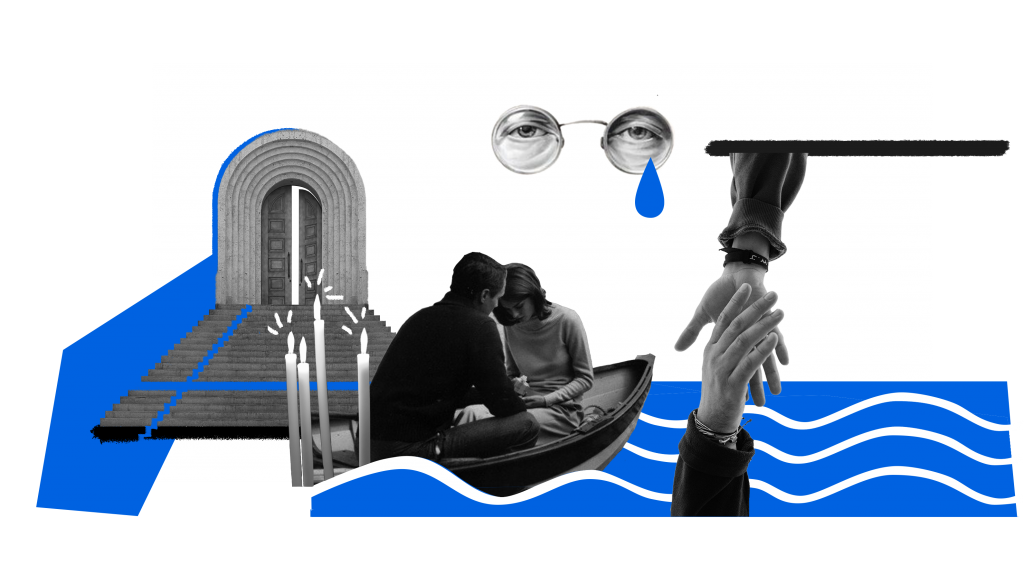To live and to die with dignity
The end of life and the discovery of the self
Life and death are often seen as two opposing realities, when in truth they are one essential to the existence of the other. Death, in fact, represents the last chapter of existence and, therefore, the maximum dignity of the individual must be guaranteed in every respect during the terminal phase of life, whatever the modalities and procedures implemented towards him.
At the basis of everything is the freedom of choice of the person: paradoxically, while technology is increasingly able to interfere with the natural processes of life, there is less freedom to make decisions regarding the timing and modalities of one’s death.
In fact, in recent years, dying has become an increasingly impersonal experience. Advances in medicine have made it possible to save lives and improve the quality of hospitalization of patients, but they have removed death from our daily experience. And so, more and more often, people die in the hospital, alone and surrounded by machinery, without having the possibility to choose to stay at home with loved ones, or even to be moved to a Hospice, structures whose function will be explored later. .
It is precisely in these structures that, in recent years, psychotanatology has begun to develop, that is, the psychological processing of bereavement by terminally ill patients and their relatives. But what does a patient really face, and who is close to him, during these delicate phases?
In most cases, the disease arrives in old age, in a phase of life in which one feels somehow “arrived” and begins to take for granted some dynamics that, with the disease, resurface: relationships with others in fact, they acquire a new importance. You have a new vision of reality: you ask yourself if you have had a good life, if you have done everything you had to do or if it is too late to do it. If you fail to answer these questions, you risk that pain takes on a dominant role in an already difficult phase of life, with consequences that can aggravate it considerably. When the person assumes this new identity it is essential that he has someone at his side who can listen, without necessarily answering these questions.
But how does a person accompany death? Undoubtedly, the individual needs, in addition to the affection of his loved ones, also to be supported by professional figures who know how to accompany him. These two elements are perfectly combined in Hospices: hospitalization places for sick people, aimed at offering the best palliative care, if home care is not possible, and reception for family members. These are structures often inserted within hospitals, but still not very widespread and well-known in Italy, also thanks to a culture that is the daughter of the taboo of death and unable to yield to the fallibility of medicine.
This cultural problem has led, in our country, to a very limited professional training of health workers from the point of view of assistance. This is because we place ourselves in front of the word “healing” by looking at it only from the biological point of view. We have seen, in reality, that accompanying a person during his last moments, making them worth living, is what, in a certain sense, “heals” the individual and gives dignity to his death and to the life that exists. was. During the last pandemic, what probably upset our days most of all, was precisely the social distancing imposed by the need to manage infections, and precisely because of this, thousands of people died alone, in the intensive care unit . In the light of what has just been said, one wonders: did they die due solely to the covid or the process was accelerated, as human contact and therefore the desire to to live?

